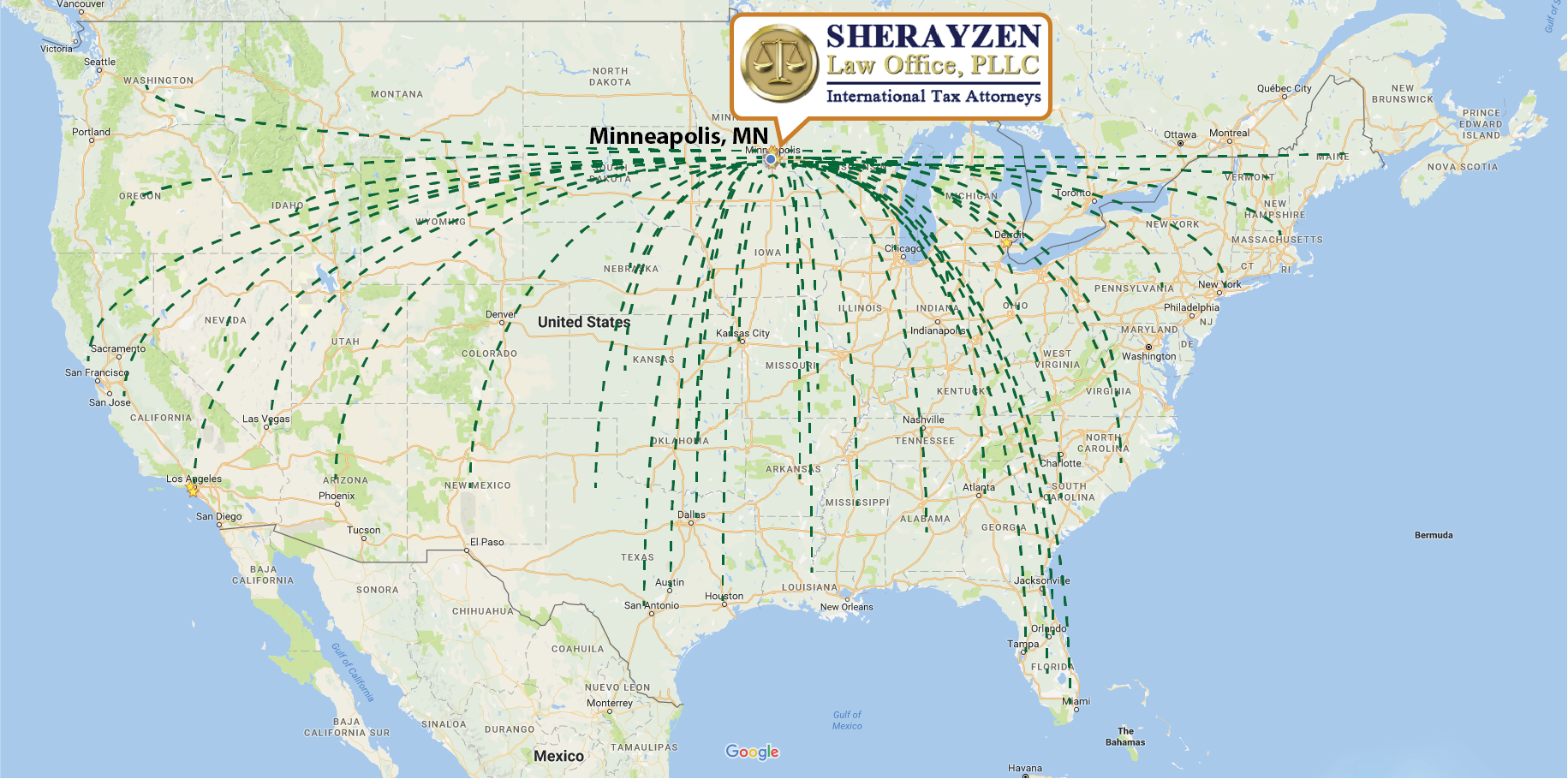Introduction to PFIC Compliance | Form 8621 International Tax Lawyer Veracruz Mexico
Hello and welcome to Sherayzen Law Office video blog. My name is Eugene Sherayzen and I’m an international tax attorney and owner of Sherayzen Law Office, Ltd.
Today, I’m continuing a series of vlogs from Veracruz, Mexico. This series of vlogs is devoted to two things: first the discussion of the most common US international tax forms which are most likely to cause non-compliance among US taxpayers and the second part is devoted to IRS Offshore Voluntary Disclosure options.
Right now we’re in the first part and in this first part and in this first part, I had already discussed the issue of FBAR and Form 8938 compliance.
In this vlog, I would like to focus on PFIC compliance or Form 8621 compliance. This is a very complex issue and it is a very obscure issue. In fact, it is so obscure that in most cases accountants would not be able to identify it; they simply do not know about it or even if they heard something about it, they don’t know how to comply with it.
Let’s discuss what a PFIC is. First of all, a little bit of history: PFIC was part of the tax reform of the late 1980s under Ronald Reagan and it is effective all the way back to 1987, technically even further.
There are two legal tests for determination of PFICs: an asset test and an income test. First of all, it is important to state that a PFIC is a corporation; it is a foreign corporation that satisfies one of the two tests that I just mentioned. The asset test is basically whether the corporation has 50% or more of assets as passive assets. If more than 50% of the assets are passive assets then you have a PFIC. The second one is if the foreign corporation has 75% or more of it’s income as passive income, it is a PFIC. Some companies satisfy both tests; some companies satisfy either test and others do the satisfy either test. Just based on this definition, you can see one of the most common categories are foreign corporations that will fall into the category of PFICs are foreign mutual funds. They are meant to hold various parts of foreign corporations and most of their income would be in the form of dividends, interest or capital gains. As such, foreign mutual funds are the most common problem for US taxpayers.
Form 8621 on which the PFICs are reported, in of itself, is a four page form but it is being expanded and undergoing revisions, so it depends in what year you are watching this video. With respect as to which year in having to comply with this form.
PFICs calculations are very complex and there’s not just one PFIC regime, there are various PFIC regimes and each PFIC regime has it’s own complexities; in some situations, they are simply impossible to have elected. In another situation, you just have to go with the default option and face the consequences and the consequences are heavy; you are being taxed at the highest marginal tax in existence with an interest charge on top of that.
Irrespective of your actual tax bracket, that’s the problem with the default methodology. I will not discuss the PFIC regimes in detail here; I just want to mention it as one of the most common ones to produce compliance with respect to US taxpayers and I want you to know the countries where this is especially likely. They are Spain, England, Germany and France. Basically all of main Western European countries, also Australia, New Zealand and one of the biggest ones – India and you’d be surprised to learn, also Mexico. The reason for it is that often-times Mexican banks will offer investments to US taxpayers who come to Mexico to open up a bank account and they say ‘why don’t you open another account like this?’ without realizing that they are getting them into trouble with US international tax law.
If you would like to learn more about your PFIC compliance, you can call me at (952) 500-8159 or you can email me at: [email protected]
Thank you for watching, until the next time.



